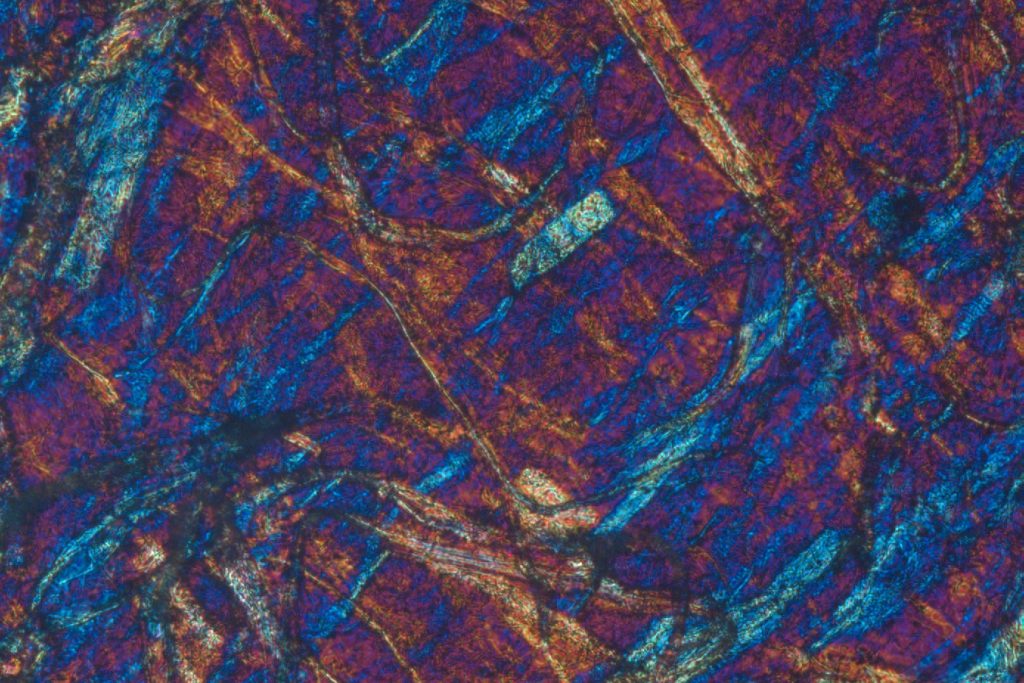. Noam’s paper integrates biotechnology and industrial design. The aim of the study is to develop mycelium-based materials as a sustainable alternative to synthetic industrial materials. Throughout the research described in the article, we developed a natural and biodegradable nano biological material that can be processed using existing industrial methods to obtain thin, strong and water-resistant sheets. The biomaterial was obtained by the growth of fungal mycelium in a liquid substrate that contained nanometer-sized cellulose fibers (nanocellulose). Following several characterization steps, we realized that the nanocellulose fibers were assimilated into the cell wall of the fungi during the mutual incubation. As a result, a biocomposite material with hybrid properties was obtained, with the nanocellulose fibers contributing to the strength and the fungi contributing to the resistance to water. The material has the potential to be integrated into existing industrial production systems, for the development of a variety of products such as food packaging, disposable tableware, or hygiene products, which are currently manufactured from materials and processes that harm the human and environment health. To the best of our knowledge, the method and material we have developed are new to science and we anticipate that the research will lay a methodological foundation for further research that aims to integrate design and biotechnology, in order to develop an advanced, inclusive and sustainable industry.
The number of nominations for the grant was high, a total of four grants were awarded at the Technion, one for each of the following areas: Engineering, Exact sciences, Life sciences and Medicine; and all other fields (such as Education, Behavioral sciences, Architecture, Urban planning, Economics, etc.).
The article was published in the journal Advanced Sustainable Systems and an image from the study was chosen to appear on the cover page (attached). The figure depicts the hybrid material under a polarizing light microscope. Nanocellulose fibers appear in blue and yellow, and the mycelium is transparent or pinkish due to the polarizing light. This method enables to visually distinguish between the fungi and the cellulose fibers, but since only microscopic fibers are seen in it, we used a variety of advanced characterization methods to understand the composition of the material at the nano level and unravel the effect of the nanoscale on material properties such as structure, strength, density, gas passage and water resistance.
The study is guided by the advisors Prof. Ezri Terzi, Head of the Industrial Design program and Yasha J. Grobman, Dean of the Faculty of Architecture and Town Planning. The research was conducted in collaboration with Dr. Tiffany Abitbol from RISE Sweden, and with the generous assistance of the laboratory infrastructure of Prof. Boaz Pokroy from the Faculty of Materials Engineering at the Technion



